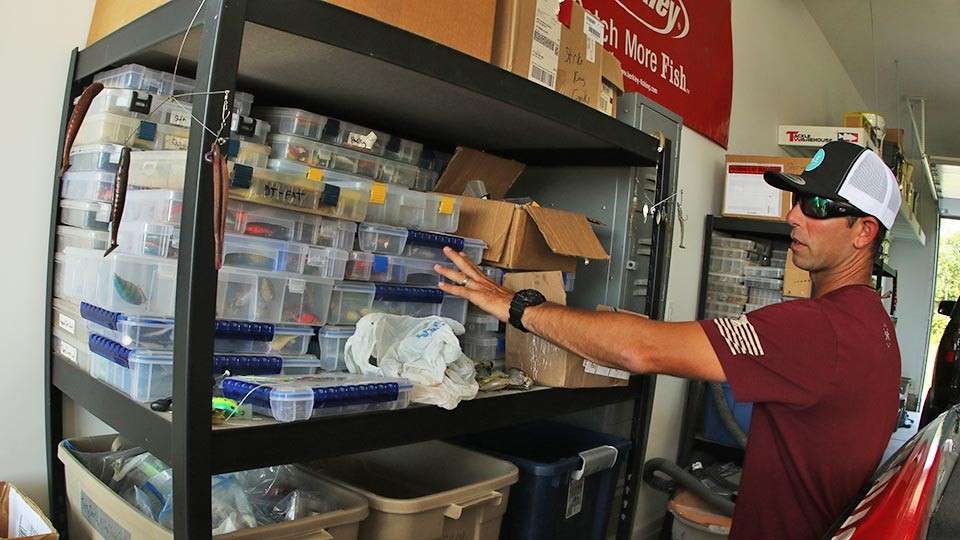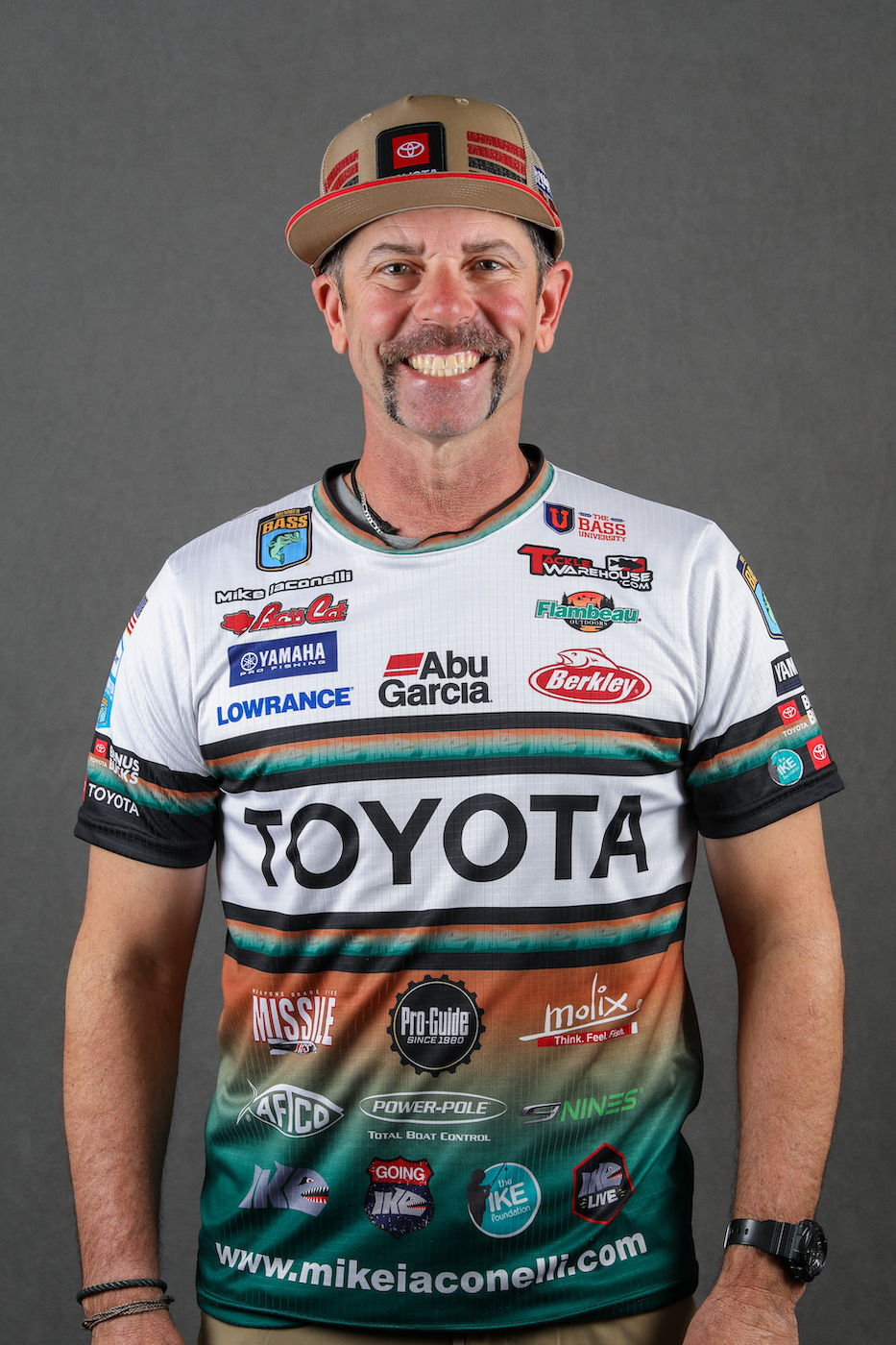
Anybody who’s read this column for any length of time knows that I can get technical with my rigs. I’m a serious man when it comes to baits, colors, sizes, lines, knots, rods and reels. It’s the way I fish. I can’t help it. Forget about that for now, though. This week we’re going to look at something different — the swim jig.
I got the idea for this column when I was thinking about fishing the Mississippi River out of La Crosse, Wis. However, make no mistake. The swim jig will catch bass anywhere, and it’s about as simple and inexpensive as a lure can get.
The idea behind a swim jig is that it’s subtle and unobtrusive. It’s almost too easy for the bass to eat. It’s just there doing nothing but moving through the water without a care in the world. It’s like one of us at a party where there’s a tray of finger food in front of us. You just reach out and one of them is yours.
Another thing that makes a swim jig so great is that you can swim any jig that’s in your tackle box. They’ll all move through the water horizontally if you hold your rod up and crank. But, that doesn’t mean that some design characteristics aren’t better than others.
I suppose the first one is the head shape. I like a pointed head. It’ll come through grass and other forms of cover easier than a round head or one with a banana shape to it.
Another thing is the line tie. I want one where the line tie is directly in line with the point of the hook. That’s not always so great when you’re fishing a jig in the traditional manner, but it really helps with the hookset when you’re swimming one.
The last design thing I’m going to mention — although it really isn’t a part of the design — is color. There’s no place in your fishing arsenal where matching the hatch is more important. The things I talked about that make this presentation so good require that it looks like the real thing.
My sizes range from 1/4 to 3/8 of an ounce. I base my selection on a number of factors. The first is the size of the local forage. Lure size is a part of matching the hatch, an important part. Another consideration is the depth I want to fish. Obviously it’s easier the keep a heavier bait down than it is to keep a light bait down.
The final thing I take into account when it comes to size is the speed of my retrieve. A light jig will rise if you crank it fast. A heavy jig will stay down. That’s an important part of weight. A lot of anglers miss that. Weight controls speed as much as it controls depth.
I sometimes add a plastic trailer to my jig. If the water’s cold or if I don’t want a lot of action, I go with an old-fashioned chunk. When I want a little more movement, but not too much, I attach a creature bait. And, when I want to tear things up I stick a curly tail grub on the hook. All my plastics are Berkley Powerbait or Havoc.
My tackle choices are as simple as my lures. If I’m fishing dirty water or heavy cover, I usually use braided line. If conditions are a little clearer and more open, I go with fluorocarbon. As always, use the lightest line you can get away with given the conditions you’re fishing and the size of the bass you expect to catch.
Rod and reel selection is wide open. You probably already have what you need. Just make sure you’re rod has enough tip so you can make accurate casts and enough backbone to get a solid hookset.
Swim a jig this fall. Catching bass isn’t always about fancy tackle and the newest technique.
Mike Iaconelli’s column appears weekly on Bassmaster.com. You can also find him on Facebookand Twitter or visit his website, mikeiaconelli.com.





